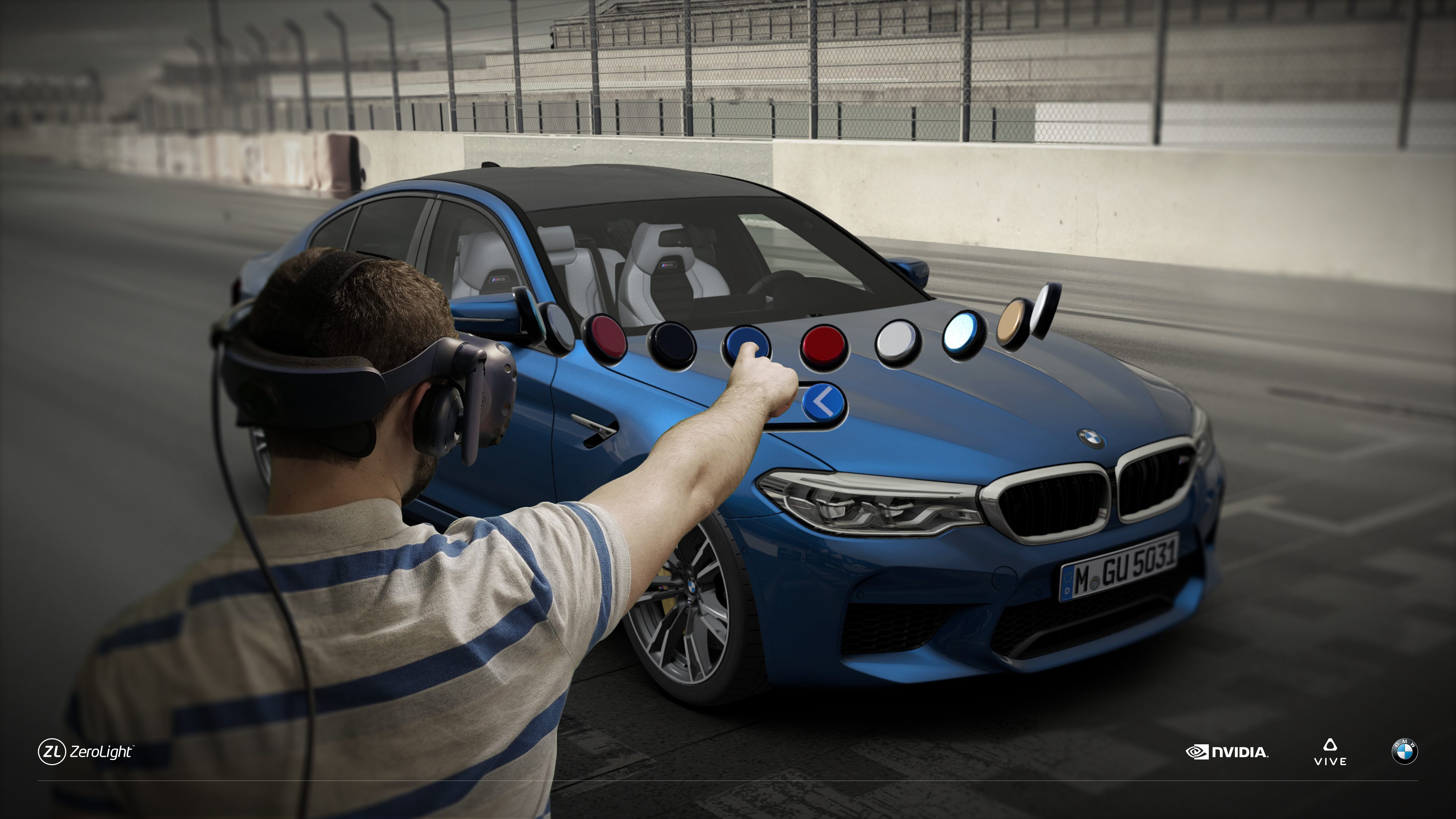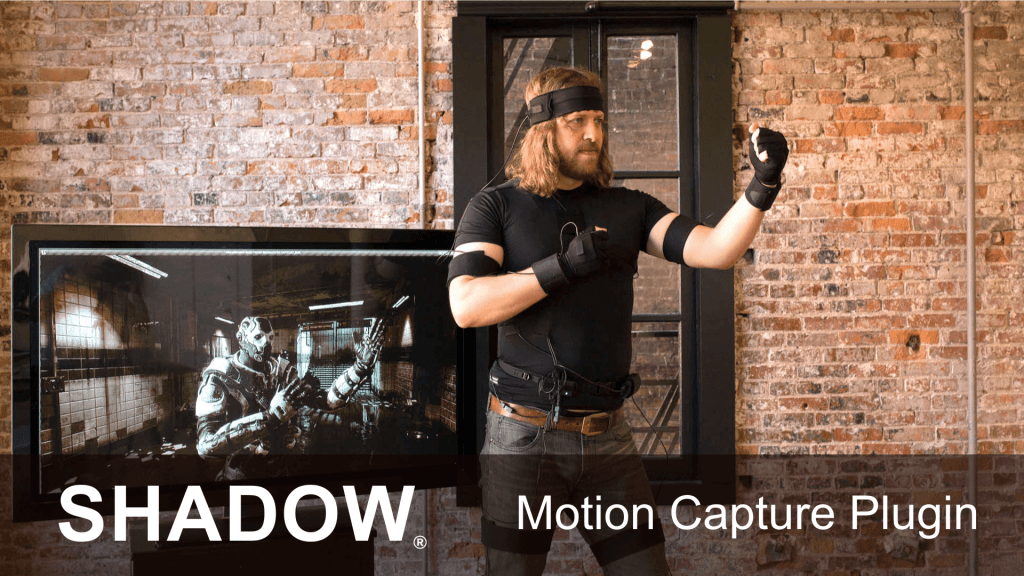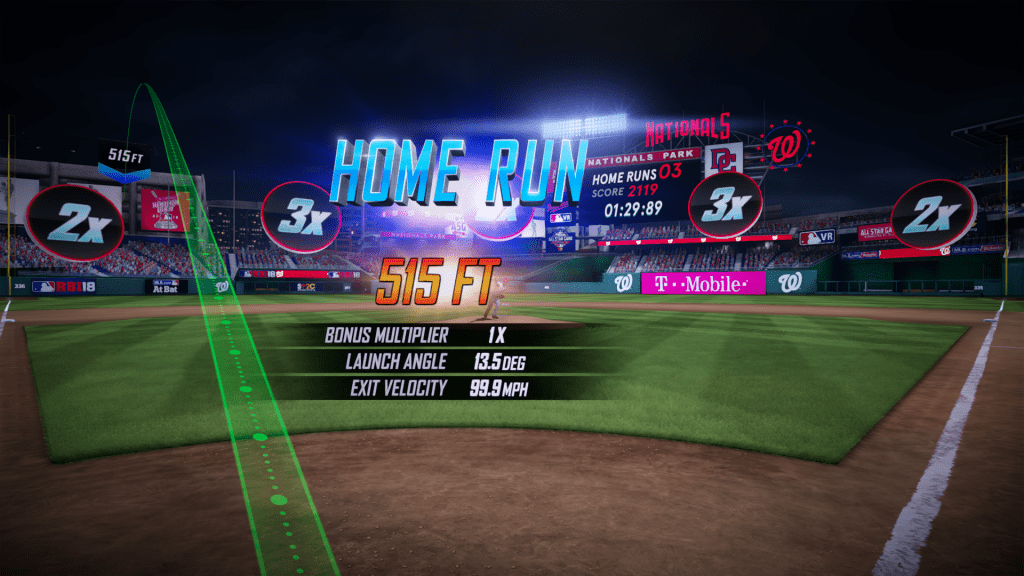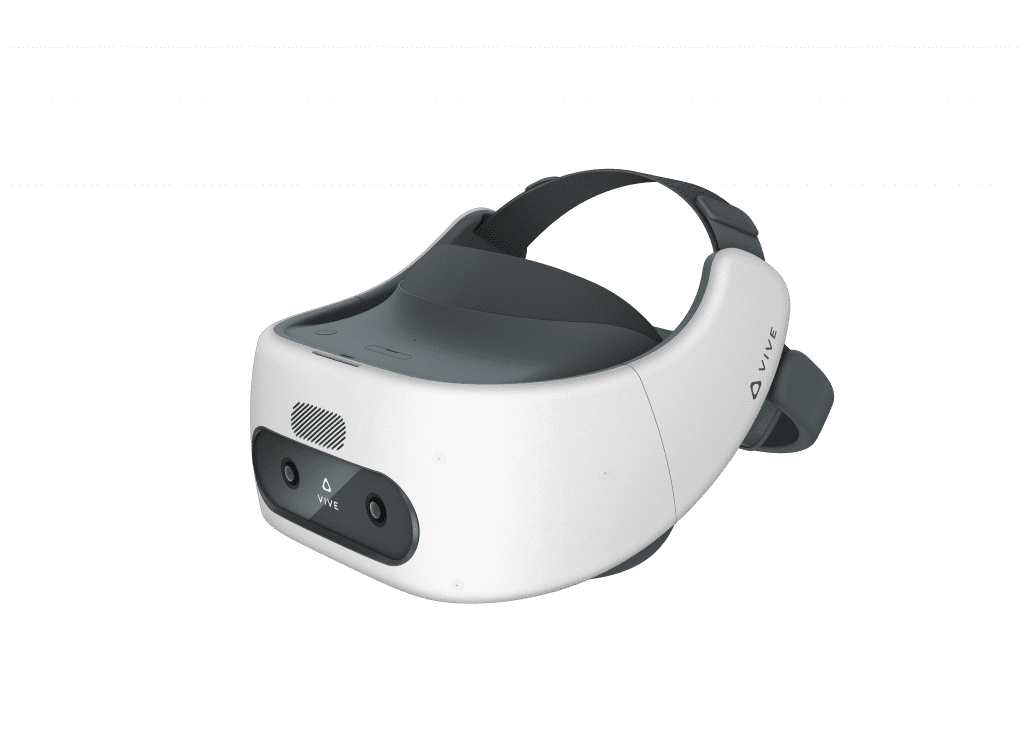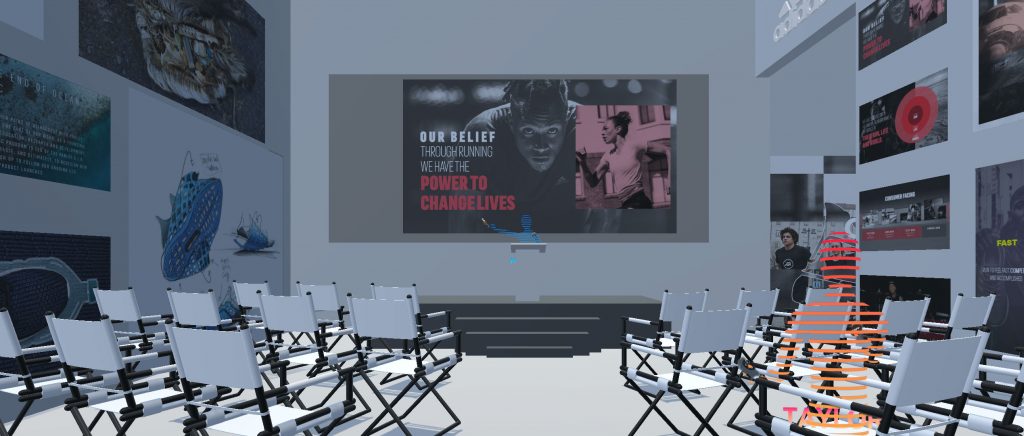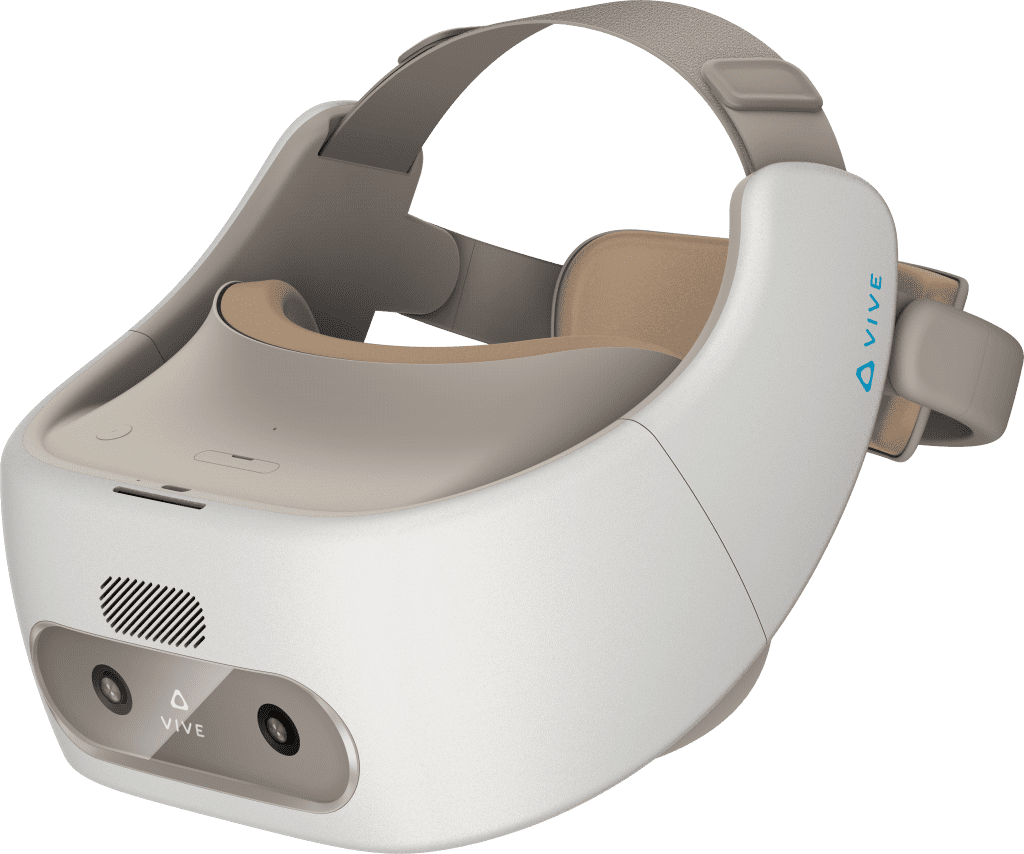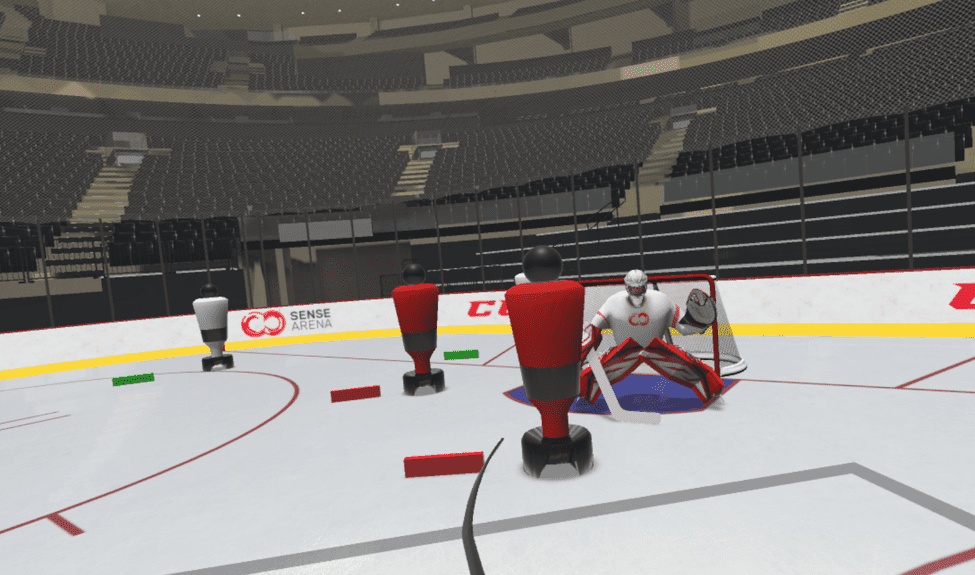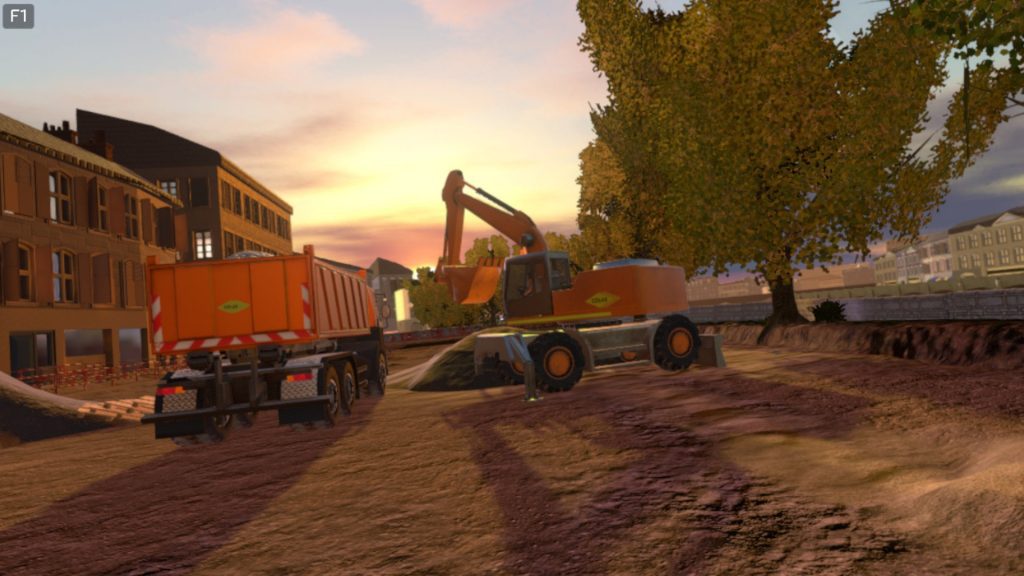Schlagwort: Vive Enterprise
-

VIVE Pro Eye Simplifies Input & Navigation for MLB Home Run Derby VR
Reading Time: 3 minutesPrecision eye tracking eliminates the need for handheld controllers in VR, creating an incredible access point for first-time users. [youtube https://www.youtube.com/watch?v=Jk70dm3nCfc?feature=oembed&wmode=opaque&w=730&h=411] Sports are all about moments. No one knows that better than Major League Baseball (MLB). The way we, the fans, absorb those moments are changing all the time. We’ve gone from…
-

LAI Games Brings VR to the Arcade Masses
Reading Time: 3 minutesVirtual Rabbids: The Big Ride takes guests through the wild and wacky world of Ubisoft’s signature creatures. Allison Timberlake has been marketing LAI Games for the past 10 years. It’s her job to get LAI Games seen in all the right places and to ensure the company continues to have a reputation…
-

Introducing the VIVE Focus Plus for Premium Standalone VR Experiences
Reading Time: 3 minutesToday, we’re excited to reveal the newest premium virtual reality standalone hardware for enterprise customers, VIVE Focus Plus. We’ve upgraded the existing six degrees of freedom (6DoF) Focus headset to incorporate dual 6DoF controllers, giving users the ability to seamlessly interact with their virtual environment with the same freedom as PC VR…
-

VIVE Sync announced to mainstream enterprise VR collaboration
Reading Time: 3 minutesDeveloped By Internal 2 Bears Studio, VIVE Sync is to Pilot in December At a press event in San Francisco yesterday, HTC VIVE announced VIVE Sync, a virtual reality (VR) collaboration and meeting application built specifically for the enterprise. The easy to access and secure Vive Sync has been built for the…
-

HTC Vive launches full suite of premium VR offerings for businesses of all sizes
Reading Time: 5 minutesToday at a press event in San Francisco, HTC Vive announced a premium virtual reality experience for the enterprise market, including a new platform, new hardware, and new software available specifically for commercial use. This launch reinforces Vive’s increased commitment to bringing best-in-class design and software expertise—paired with the world’s best VR…
